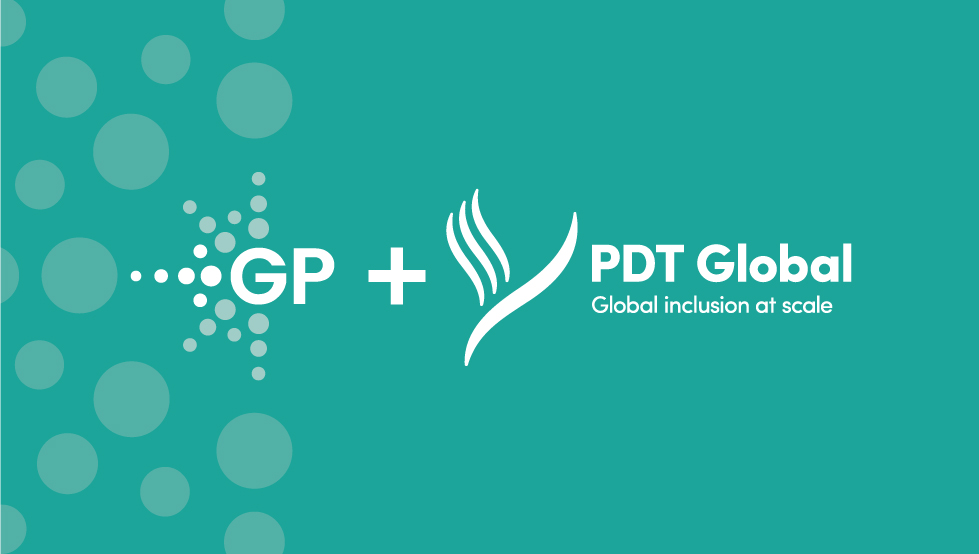
DEI Training & Programs
Inclusive Organizations Outperform
There is no question that organizations maximize success when their workforce is optimized. When you have the right gathering of minds and energies, then everyone with the capability and desire to contribute and excel can confidently do so. Organizations that are people and idea-diverse; fair and equitable; and open, safe, and inclusive, strongly outperform their competition.
As a global leader and pioneer of inclusion and DE&I training and solutions, research and experience has consistently proven that inclusive workplace cultures drive improved business results, enhance recruiting, accelerate innovation, increase top performing employee retention, and solidify loyal workforce and customer relationships. Across geographic regions, genders, behaviors, and backgrounds we partner with you to create a culture and environment where all of your people can participate and succeed.
In DE&I Training, Expertise and Experience Matters
For employee DE&I training to achieve its full potential, programs need to be designed specifically around your organization’s current state and desired outcomes, delivered by experienced facilitators and faculty, and in the scope and scale that is sensitive to both your workforce and budget. Our DE&I training solutions are available through every virtual technology, as face-to-face workshops, for conferences and forums, all in multiple languages and tailored to your unique cultural context.
Create a Culture Where Everyone Feels They Belong and Every Leader is a Role Model
Explore our catalog of proven off-the-shelf online and in-person inclusion and diversity training, events and conferences in areas including, but not limited to:
- Allyship
- Embedding the Inclusion Conversation
- Enterprise Resource Groups
- Ethnicity
- Gender
- Hybrid Teams
- Inclusion for executives, managers and employees
- LGBTQ
- Inclusion in Performance Management
- Race Allyship
- Respect & Integrity
- Privilege and Belonging
- Inclusion for Recruitment Professionals
- Inclusion in Talent Management
- Unconscious Bias
DE&I Consultancy and Advisory Solutions
Our expert diversity training consultants are specialists in designing innovative global inclusion and diversity strategies, metrics, scorecards, external partnership strategies, and talent velocity predictions. We provide a range of professional and leadership programs for the knowledge and skills that you are seeking for your DE&I training initiatives. We learn about your goals and objectives, and craft recommendations and approaches to achieve them.
To enhance the relevance of course content and increase knowledge transfer and workplace application, our instructional designers tailor program content to include examples and scenarios specific to your organization. Choose from a variety of digital, virtual, and face-to-face DE&I training solutions and create a full inclusion pathway that addresses your organizational needs while remaining powerful and impactful to your employees.

Digital Solutions

Upcoming Webinars
Case Studies

Creating an Inclusive Culture for a Global Banking Leader
Get in touch.
Let’s elevate your business together.
Transformation doesn’t happen overnight if you’re doing it right. We continuously deliver measurable outcomes and help you stay the course – choose the right partner for your journey.
Our suite of offerings include:
- Consulting Services | Aligning vision and strategy to deliver integrated and systemic business results to drive growth and change through people.
- Learning Services | Modern learning strategies, content, experiences, and delivery approaches that optimize workforce performance.
- Technologies | An ecosystem of learning and talent tools, systems, platforms, and expertise that enable learning and talent transformation.

Your Talent Transformation Partner
